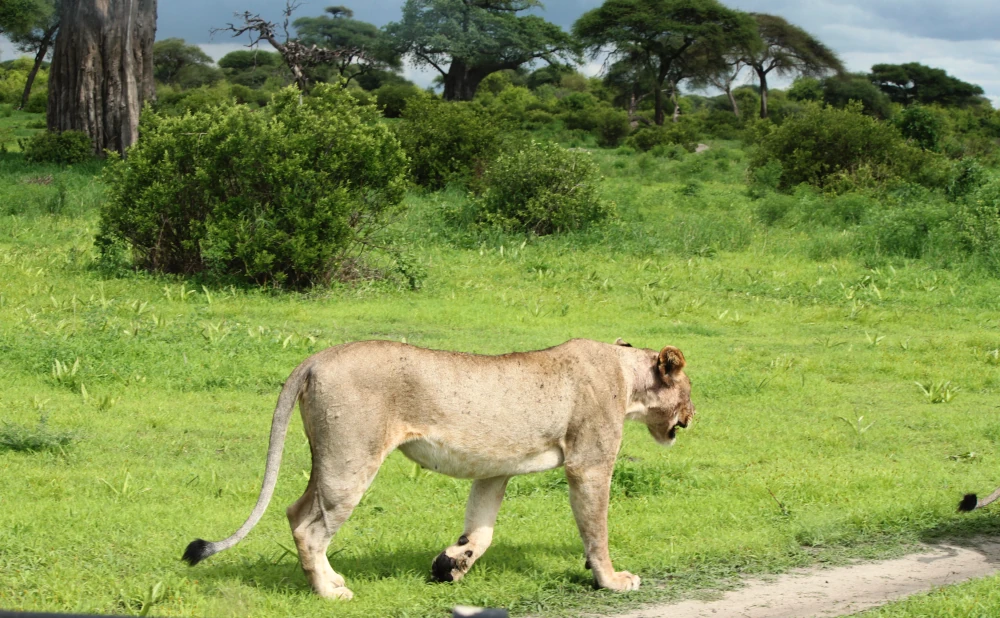
Tarangire National Park, situated in northern Tanzania, is renowned for its vast baobab-studded landscapes and seasonal riverine ecosystems. Spanning approximately 2,850 square kilometers, it is Tanzania's sixth-largest national park.
Established in 1970, Tarangire National Park derives its name from the Tarangire River, which flows through its southern regions. The park has a rich cultural history, with evidence of human habitation dating back thousands of years.
Wildlife: Tarangire is famed for its large elephant herds, which congregate along the Tarangire River during the dry season (June to October). Additionally, the park is home to a diverse array of wildlife, including lions, leopards, cheetahs, giraffes, zebras, wildebeests, and numerous bird species.
Ecology: The park's landscape is characterized by rolling savannas, acacia woodlands, and ancient baobab trees, creating a picturesque backdrop for wildlife viewing. The Tarangire River serves as a vital water source, attracting wildlife from miles around and supporting an array of ecosystems.